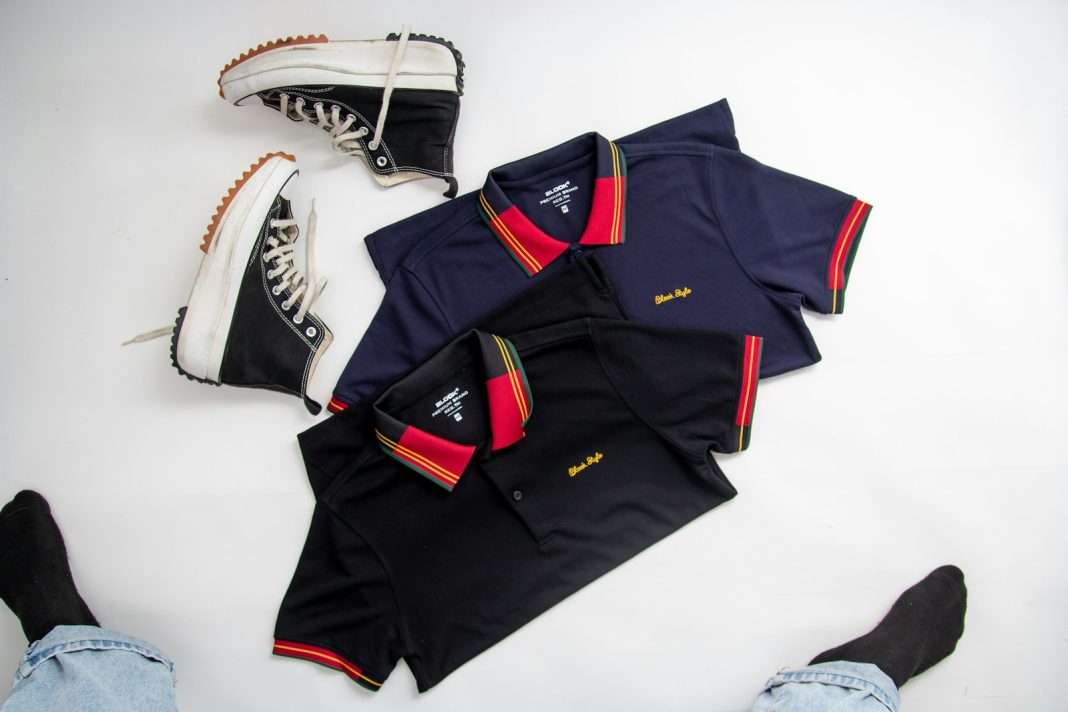In a world where appearance matters and comfort is key, finding the balance between the two can feel like an elusive goal. For many, uniforms are a necessary part of daily life—whether for school, work, or a specific event. While these uniforms are designed with practicality in mind, they don’t always prioritize style or personal comfort. However, in today’s modern world, it is entirely possible to create a uniform that not only adheres to professional or institutional requirements but also helps you look and feel fantastic. This essay delves into how we can design uniforms that “wow” by merging the principles of fashion and comfort, while ensuring a polished, practical appearance.
The Importance of Comfort in Uniforms
One of the main reasons people dread wearing uniforms is that they can feel restrictive or uncomfortable. Traditional uniforms, often made from stiff materials, tend to be less breathable, which makes them a challenge for long days of wear. For instance, school uniforms frequently feature fabrics that don’t allow for much movement, making it harder for students to focus on their studies rather than how tight or uncomfortable their clothes are. Similarly, employees in various industries—like retail, healthcare, and hospitality—often find themselves working in uncomfortable attire that doesn’t provide the freedom or breathability they need.
Comfort in a uniform isn’t just about feeling physically relaxed. It also impacts mental well-being. When you’re constantly tugging at your shirt or adjusting your pants, your focus can waver. The ideal uniform should enhance, not hinder, your ability to perform tasks, concentrate, and move freely. This means using fabrics that are soft, flexible, and breathable, with ergonomic designs that cater to different body shapes and sizes.
Style: Not Just for the Catwalk
While comfort is essential, it doesn’t mean you have to compromise on style. For years, uniforms have been considered bland, plain, and utilitarian. However, modern fashion has transformed how we think about functional clothing, and it’s time for uniforms to reflect this shift. In the past, stylish clothing often seemed incompatible with uniforms, but today’s world of fashion has proven that comfort and style are not mutually exclusive.
The first step to achieving a stylish uniform is to focus on cut and fit. Whether it’s a tailored blazer, a crisp, well-fitted shirt, or pants that taper just right, the key to looking fashionable in a uniform lies in the details. For women, structured blazers that define the waist or high-waisted trousers can be both stylish and functional, offering freedom of movement without sacrificing shape. For men, a well-fitted dress shirt paired with slim-fit trousers strikes a balance between formal and contemporary, adding a fresh, polished look without feeling too stiff.
Material choice also plays a major role in making a uniform look sleek and stylish. Fabrics such as cotton blends, stretch denim, and performance fabrics provide the necessary breathability while still maintaining a sharp, clean aesthetic. Additionally, incorporating modern color palettes—neutral tones like navy, gray, and black, or adding subtle accents of color like muted blues, burgundies, or olive greens—can elevate a uniform’s look.
Tailoring and Personalization: The Secret to a Custom Fit
A major component of stylish, comfortable uniforms lies in tailoring. While uniforms are typically mass-produced, the right fit can transform an otherwise standard piece of clothing into something that feels bespoke. Custom tailoring isn’t just about cutting down on fabric to make something look slimmer—it’s about enhancing how the uniform fits your body type, giving you the freedom to move and perform tasks efficiently.
For example, a shirt that’s too loose will bunch up awkwardly, creating an unflattering silhouette. Conversely, a shirt that’s too tight will restrict your movement, which can cause discomfort. Getting the right fit—whether it’s adjusting sleeve lengths or the waist on a pair of pants—can elevate your appearance, making you look more put-together and feeling more comfortable throughout the day.
Incorporating personalized elements into a uniform can also add a touch of individuality. While uniforms often have strict guidelines, small touches like embroidered names, unique accessories, or customized elements based on a company or school’s logo can make a uniform feel more personal without deviating from the intended look. The key is balance—incorporating a personalized feature doesn’t mean sacrificing the professionalism or comfort of the uniform, but rather enhancing it.
The Role of Technology in Uniform Design
Advancements in textile technology have opened up a whole new world of possibilities for uniform design. The fabric choices available today are a far cry from the stiff, scratchy materials of the past. Innovative fabrics such as moisture-wicking textiles, anti-odor finishes, and UV-protective layers offer not only comfort but also practical benefits. These materials help ensure that uniforms remain fresh throughout the day, no matter how active or demanding the job may be.
Another technological advancement is the incorporation of smart fabrics. Some companies are already experimenting with fabrics that can regulate body temperature or adjust to different environments. For example, uniforms equipped with materials that can keep you cool during the summer and warm in winter have the potential to eliminate the need for layering. These fabrics move beyond simple aesthetics, offering tangible solutions to enhance both comfort and style.
Functionality and Flexibility in Uniform Design
A uniform’s primary function is to provide a consistent and recognizable look. However, in the modern world, functionality is just as important as aesthetics. A good uniform is versatile enough to be worn in different settings, such as during meetings, fieldwork, or social events. The incorporation of functional features, such as pockets, adjustable elements, or breathable linings, adds a layer of practicality to the uniform, helping employees or students feel equipped and at ease.
For example, in work uniforms, hidden pockets for phones or tools can be a lifesaver. The ability to roll up sleeves, adjust waistbands, or add removable layers can help accommodate changing temperatures and environments. In a school uniform, adding an optional blazer or sweater, with layers that can be easily added or removed, ensures comfort in different weather conditions.
The trend of “athleisure” has also made its way into uniform design. With the growing demand for clothing that can transition between professional and casual settings, it’s clear that uniforms don’t need to be restricted to just one purpose. Stretch fabrics, elastic waistbands, and sporty accessories like sneakers or slip-on shoes have made their way into the professional world, allowing people to feel as though they are wearing something comfortable yet put-together.
Inclusivity in Uniform Design
Another critical aspect of designing stylish and comfortable uniforms is inclusivity. Just as fashion as a whole has become more inclusive, uniform design needs to consider diverse body types, sizes, and personal preferences. A uniform should fit well on a range of body shapes, without making anyone feel uncomfortable or restricted. This can mean offering uniforms in a broader range of sizes, using stretch fabrics to accommodate different body types, and ensuring that the design complements various personal styles.
For instance, offering unisex options, such as neutral-colored tops and bottoms that are designed for a variety of body types, makes it easier for everyone to feel comfortable and confident in their uniforms. Additionally, providing diverse options for footwear, including both gender-neutral and functional choices, can also contribute to the overall comfort and appeal of the uniform.


